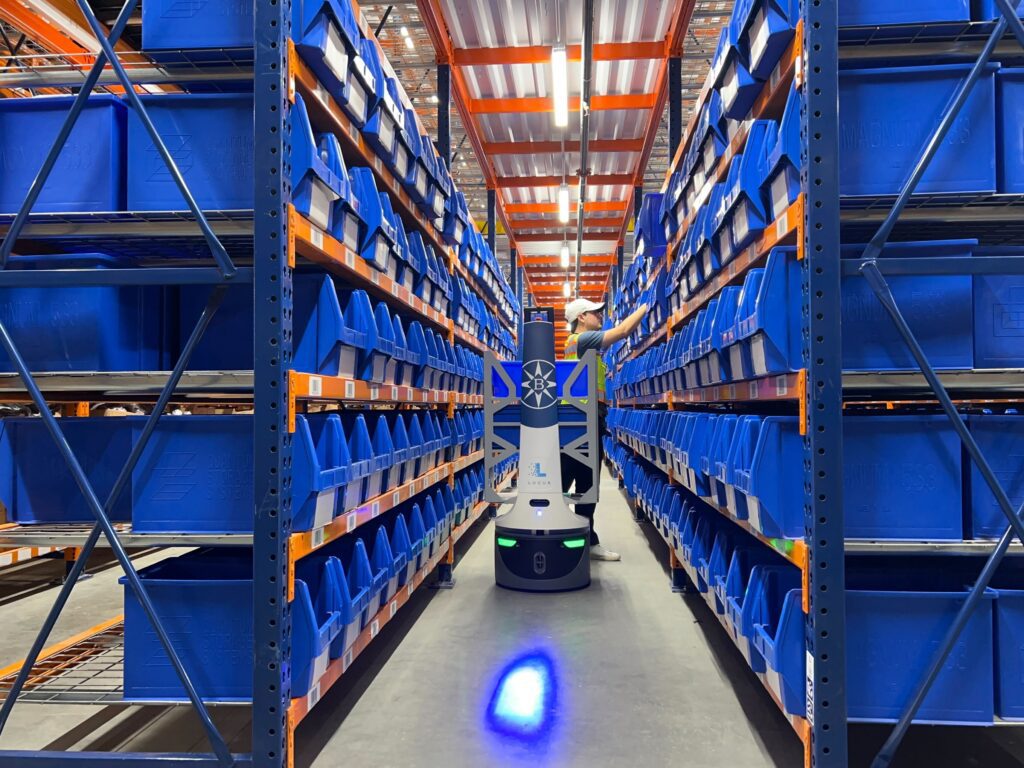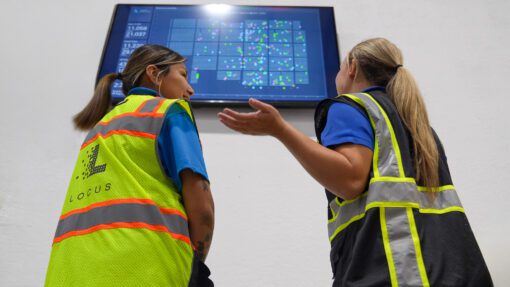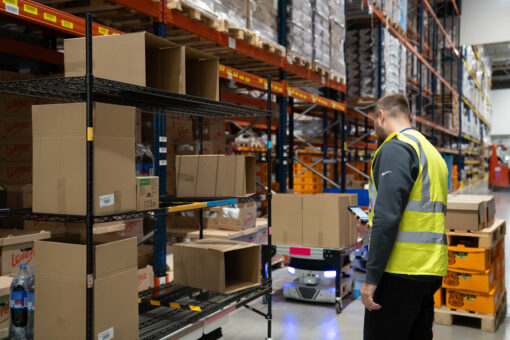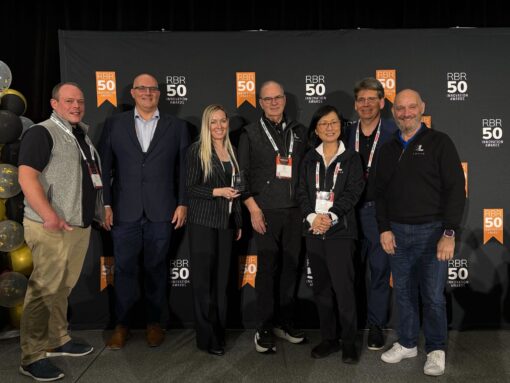WP: How to achieve 400 UPH with Locus Fast Pick
WP: How to achieve 400 UPH with Locus Fast Pick Download Now!
Inside the 3PL Partnership: How People, Culture, and Automation Drive Long-Term Success
Mary Hart, Sr. Content Marketing Manager

When companies evaluate third-party logistics providers (3PLs), the conversation often starts with the numbers of cost per unit, facility footprint, and technology stack. But as Bryan Corbett, Vice President of Sales and Marketing at Barrett Distribution Centers, explained during his appearance on the Warehouse Automation Matters podcast, the most important factor isn’t on a spreadsheet. It’s the people.
“A 3PL is only as good as the GM in the building,” Corbett said. “You’re partnering with people at the end of the day. Solutions are driven by people.”
Experience That Comes Full Circle
Corbett’s path into logistics wasn’t traditional. Before joining Barrett, he spent nearly two decades as an entrepreneur, running his own e-commerce businesses and managing warehouses from the ground up.
That experience, which included everything from holding a tape gun for ten hours to unloading trailers, gave him a firsthand view of the challenges customers face when outsourcing fulfillment.
“At the time, I had no idea how or why that might pay dividends,” he recalled. “But knowing the problems on the ground floor helps me understand what companies really need from a 3PL partner and not just what they want to hear.”
That understanding shapes how Barrett approaches each customer relationship, which is an extension of the customer’s brand, not just a service provider.
What to Look for in a 3PL Partner
For Corbett, one of the biggest misconceptions about choosing a 3PL is that success can be quantified purely by price or throughput. He encourages customers to look deeper at the people, culture, and consistency that keep operations running smoothly.
“We’ve had leaders at Barrett for more than twenty years,” he said. “That kind of tenure matters. You don’t want a partner whose team is constantly turning over. You want the same people who put your solution in place to still be there years later.”
He also advises companies to pay attention to early warning signs during the evaluation process.
- Overpromising: Unrealistic rates or service guarantees often indicate a lack of understanding of your business.
- Limited access to operators: If you never meet the people running the floor, that’s a red flag.
- Disorganized facilities: Professionalism and cleanliness speak volumes about operational discipline.
“Something that seems too good to be true usually is,” Corbett said. “If numbers look off, it’s often because assumptions were wrong — not necessarily bad intent, but a missed understanding. Good partners want to dig into that.”
Culture as a Competitive Advantage
While many logistics firms lean on technology as their differentiator, Barrett leans equally on culture. The company’s leadership emphasizes transparency, empowerment, and genuine connection, which are values that carry through to its marketing and customer relationships.
Barrett’s social media presence, led by its marketing team, reflects that philosophy. Rather than polished corporate videos, the company highlights warehouse associates, customer swag, and quick iPhone clips that bring its people to life.
“We’ve made a concerted effort to exist in the same channels our clients live in,” Corbett said. “When you humanize the process, you get better results. People feel like they’re part of the brand.”
That human-centered storytelling not only attracts talent but also reinforces Barrett’s core message that the people who touch your products matter as much as the technology that moves them.
When It’s Time to Automate
Corbett also sees a clear intersection between people, processes, and automation. For many 3PLs, robotics becomes a critical investment when warehouse walking and wasted motion start to drag on efficiency.
“Anytime you have a lot of people walking to and fro, you should look at robotics,” he explained. “Time is money, and eliminating unnecessary movement saves both.”
He typically sees robotics discussions begin when facilities reach 500–1,000 orders per day with diverse SKUs, although every environment is different. The point, he emphasized, is not to chase technology for its own sake, but to deploy it where it enhances the human element and removes repetitive strain from workers.
“People drive change. Systems enable it,” Corbett said. “You need both the right systems and the right people to make automation successful.”
The People Behind Every Partnership
At its core, Barrett’s story reflects a truth many fulfillment leaders recognize that great partnerships are built on trust, not transactions. When evaluating 3PLs, the companies that succeed long-term are the ones that look beyond the RFP and take time to meet the people behind the process.
Corbett noted that operational excellence begins on the warehouse floor, with teams who know your business, share your standards, and grow alongside you.
“Barrett is a 3PL that’s impossible to outgrow,” Corbett said. “We can take you anywhere you need to go, because we have the best people on the ground to get things done.”
Listen to the full conversation with Bryan Corbett on Warehouse Automation Matters to hear more about building people-first partnerships and knowing when it’s time to automate.




